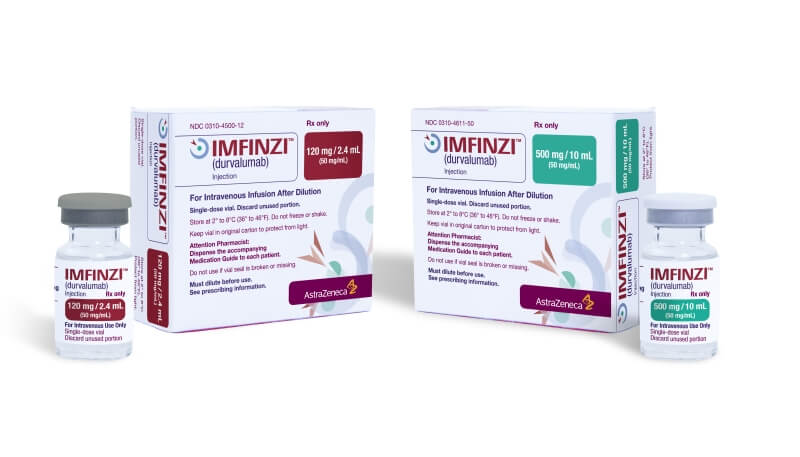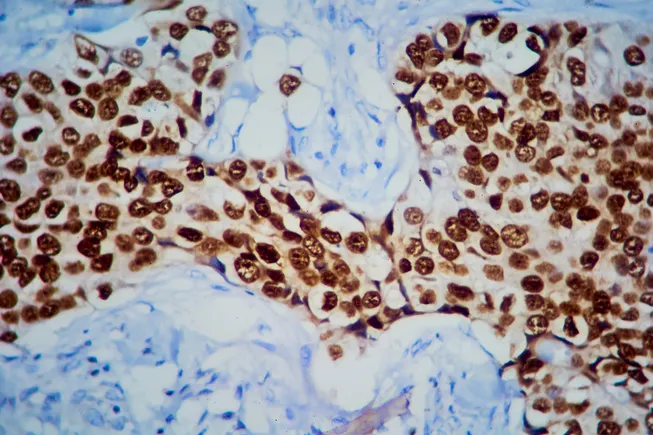Targeted Reprogramming of TREM2‐Positive Macrophages and MRI‐Guided Immune Monitoring in Colorectal Cancer Using CSF1R@Mn@MPDA‐Antitrem2 Nanoplatform
Advanced Healthcare Materials, EarlyView.

This study presents a novel nanoplatform, CSF1R@Mn@MPDA-antiTREM2 (CMMT), for targeted reprogramming of TREM2+ macrophages in colorectal cancer (CRC). CMMT not only reprograms tumor-associated macrophages (TAMs) from an immunosuppressive M2 phenotype to a pro-inflammatory M1 phenotype but also provides real-time MRI monitoring of immune modulation, significantly enhancing therapeutic efficacy in CRC.
Abstract
Colorectal cancer (CRC) poses a significant therapeutic challenge due to its immunosuppressive tumor microenvironmentl (TME). In this environment, triggering receptors expressed on myeloid cells 2 (TREM2+) tumor-associated macrophages (TAMs) drive immune evasion and therapy resistance. In this study, CSF1R-IN-3@Mn@MPDA-antiTREM2 (CMMT) is presented, a manganese-doped mesoporous polydopamine nanoplatform conjugated with anti-TREM2 antibodies, which integrates TAM reprogramming and magnetic resonance imaging (MRI)-guided immune monitoring. CMMT has three key characteristics: 1) pH-responsive release of the Colony Stimulating Factor 1 Receptor (CSF1R) inhibitor CSF1R-IN-3 within acidic TME; 2) selective targeting of TREM2+ M2 macrophages, achieving 4.2-fold higher uptake compared to M1 subsets (P < 0.001); and 3) dual modulation of TREM2 and CSF1R pathways, polarizing M2-TAMs toward pro-inflammatory M1 phenotypes. In orthotopic CRC models, CMMT synergizes with anti-PD-L1 therapy, reducing tumor volume by 72.5% compared to 42.1% for monotherapy (P < 0.001). It also extends median survival from 28 to 52 days. Importantly, CMMT acts as an MRI contrast agent, with T1 signal intensity correlating with intratumoral TREM2+ macrophage density (r- 0.71, P < 0.05), enabling non-invasive assessment of TME remodeling. This theranostic platform bridges immune modulation and real-time monitoring, providing a promising strategy to overcome immunotherapy resistance in CRC.








































































































































